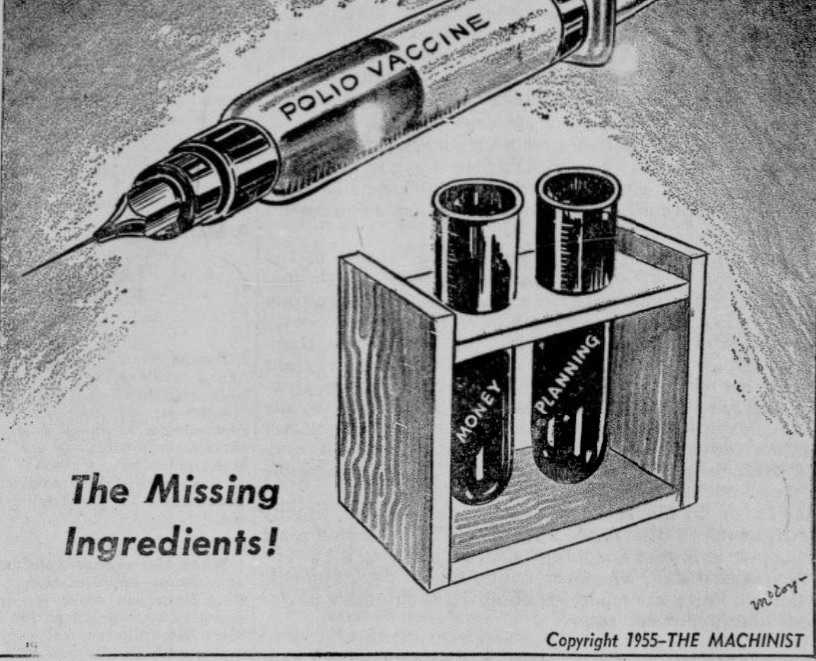
Polio and Parallels to the Covid-19 Pandemic
Closed movie theaters, church services, and summer camps – special hospital wards with ventilators called ‘iron lungs’ for polio patients with the most severe cases – parallels between polio and coronavirus epidemics are numerous. What lessons can we learn from history?
Using Polio primary sources for historic context for Covid-19
Teachers can use the images, articles, and audio files in this source set as examples, encouraging students to do their own research on the impact of polio. Some people who were born in the 1930s or 1940s might be able to talk to students about their experience in quarantine as children. Period newspapers are full of vivid material. Alternatively, students can select from this source set for starting points to explore current impacts and responses to the Covid-19 pandemic, finding similarities to and differences from the history of polio in the US.
The study of polio in the US offers opportunities to explore the leadership of President Franklin D. Roosevelt in national fundraising, and more broadly, the impact of non-governmental actors and organizations in leading, prodding, and teaming with government. The national crisis of epidemic outbreaks drove new innovations in public health and immunization. Polio survivors were leaders in the civil rights movement leading to the Americans with Disabilities Act. This collection of sources includes an ancient Egyptian image thought to depict a polio survivor, and photos, artwork, news coverage, and scientific reports from the eve to the end of the 20th century.
Download:


